Marvel Snap was released globally and its first season since then is getting close to ending. One of the key factors in helping players move up the Ranked Season Rewards and reach the desired Infinite tier is understanding how matchmaking works in Marvel Snap.
Ranked Season Rewards
As the name implies, the ranks available in Marvel Snap have the function of providing rewards for players who manage to win matches and accumulate enough cubes. It is divided into the following 12 ranks and the number of cubes needed.
- Recruit (1)
- Agent (5)
- Iron (10)
- Bronze (20)
- Silver (30)
- Gold (40)
- Platinum (50)
- Diamond (60)
- Vibranium (70)
- Omega (80)
- Galactic (90)
- Infinite (100)
Before reaching Iron rank, it is not possible to lose cubes during defeats. Also, once a player reaches the Infinite rank, they will remain at that rank until the end of that season. At the end of each season, a soft reset takes place in which each player loses ranks equivalent to 30 cubes. Players who have reached Infinite return to Vibranium. From Galactic, they go to Diamond, and so on until the minimum of Iron.
None of these ranks affect matchmaking. This is established by your Collection Levels.
Collection Level in Marvel Snap
The collection level is the main way for players to receive new cards to improve their decks, in addition to being able to receive many other rewards such as credits, gold, and boosters.
Related: Fastest ways to earn credits in Marvel Snap
To increase your collection level, it is necessary to upgrade the rarities of cards in your collection using boosters and credits. The higher the rarity of the card, the greater the advance it grants to the collection level.
When players get all available cards by the collection level, they have a chance to receive other rewards in their place, such as variants or currencies.
The collection level is the main determining factor of matchmaking.
How matchmaking works in Marvel Snap
The Beta release of Marvel Snap had a matchmaking formula similar to most other card games. Players were paired with others of similar rank. However, this started to generate problems involving new players facing opponents with much more advanced cards. Up until that point, a player who managed to progress faster in their collection level would end up facing players with fewer resources.
Fortunately, in the July 19 patch, the developers at Second Dinner changed the way matchmaking works and instead of being based on Ranked Season Rewards ranks, players are matched against opponents of similar collection levels.
The rules are not explicit, but it is estimated that all players with access only to pool one cards will face other players with pool one cards. Pool two is divided into three parts, so players who have not yet reached the end of pool two will face each other more often and players at the end of pool two have a chance to face players at the beginning of pool three. After pool three starts, players will have chances to face only other players with access to pool three.
It is possible to summarize this system in groups:
Group 1: Pool one players
Group 2: Early to mid-pool two players
Group 3: Late pool two to early pool three players
Group 4: Pool three players and beyond


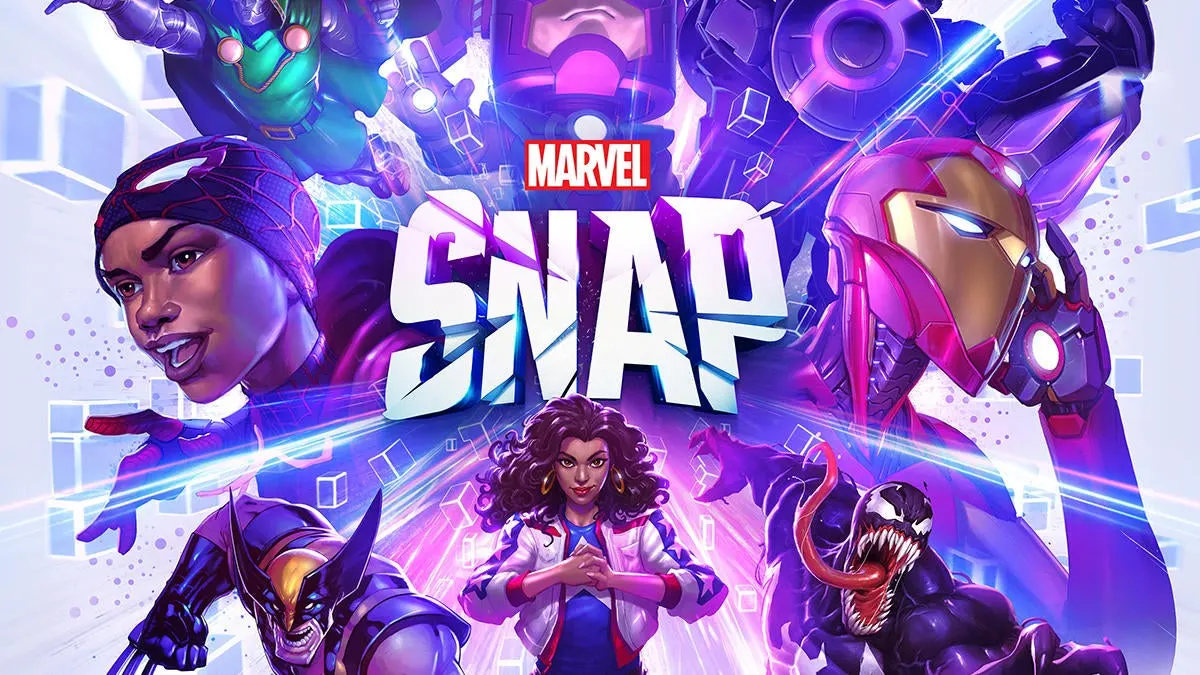


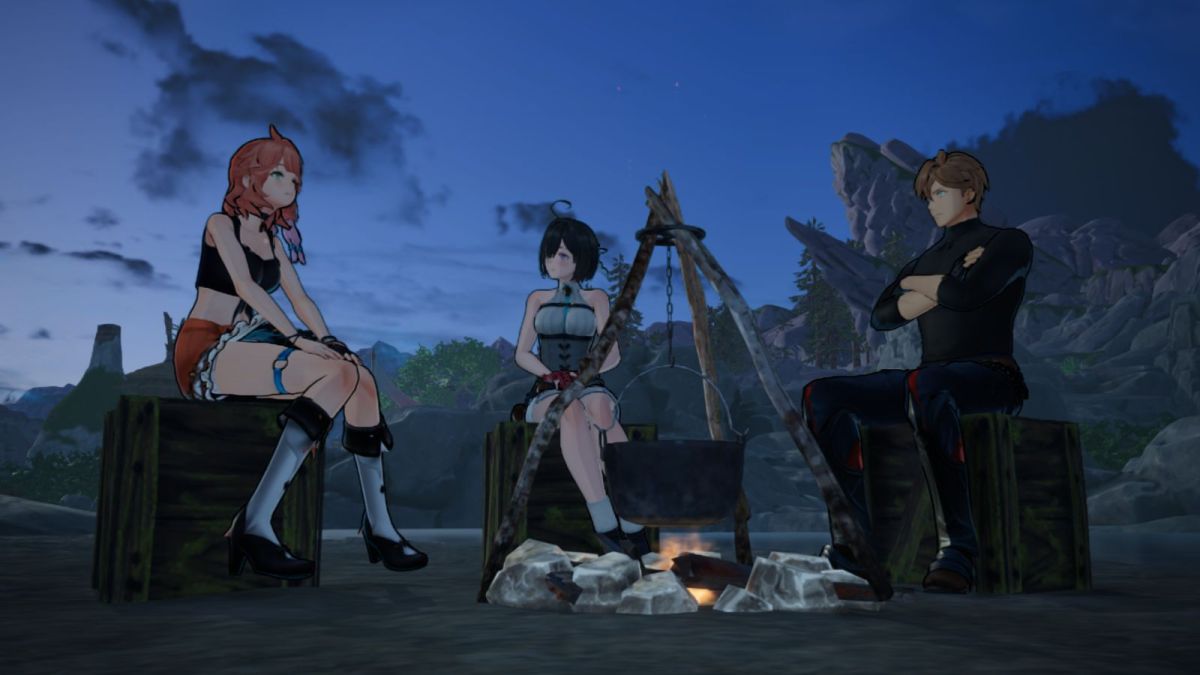
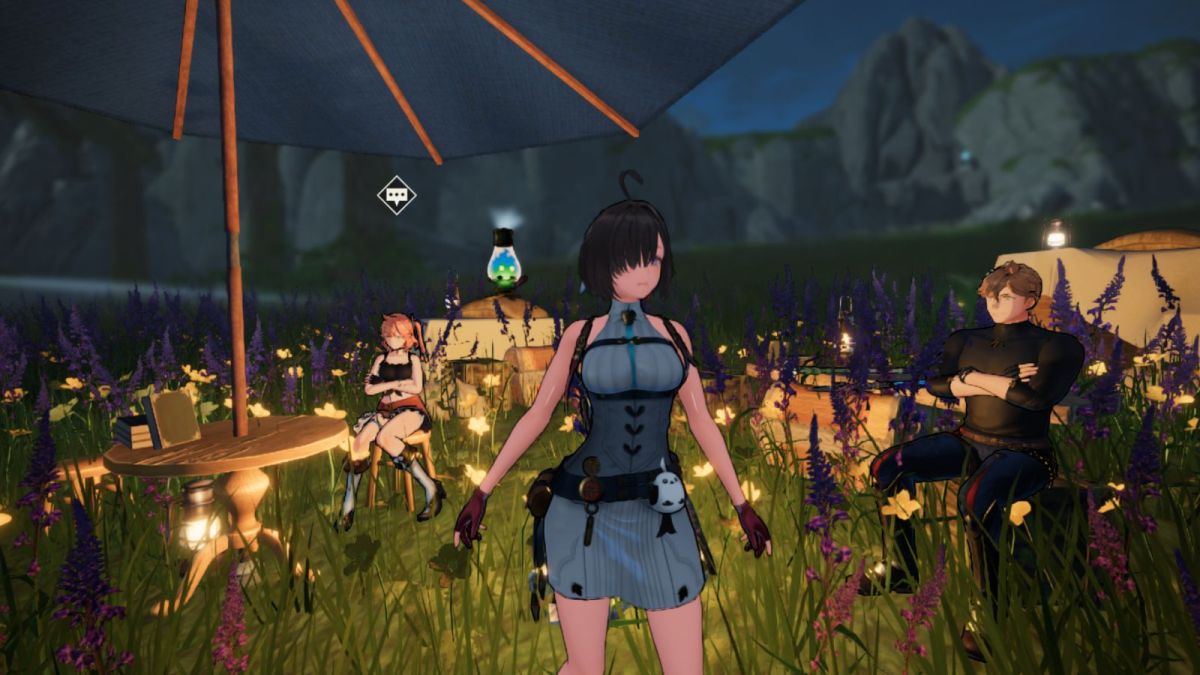
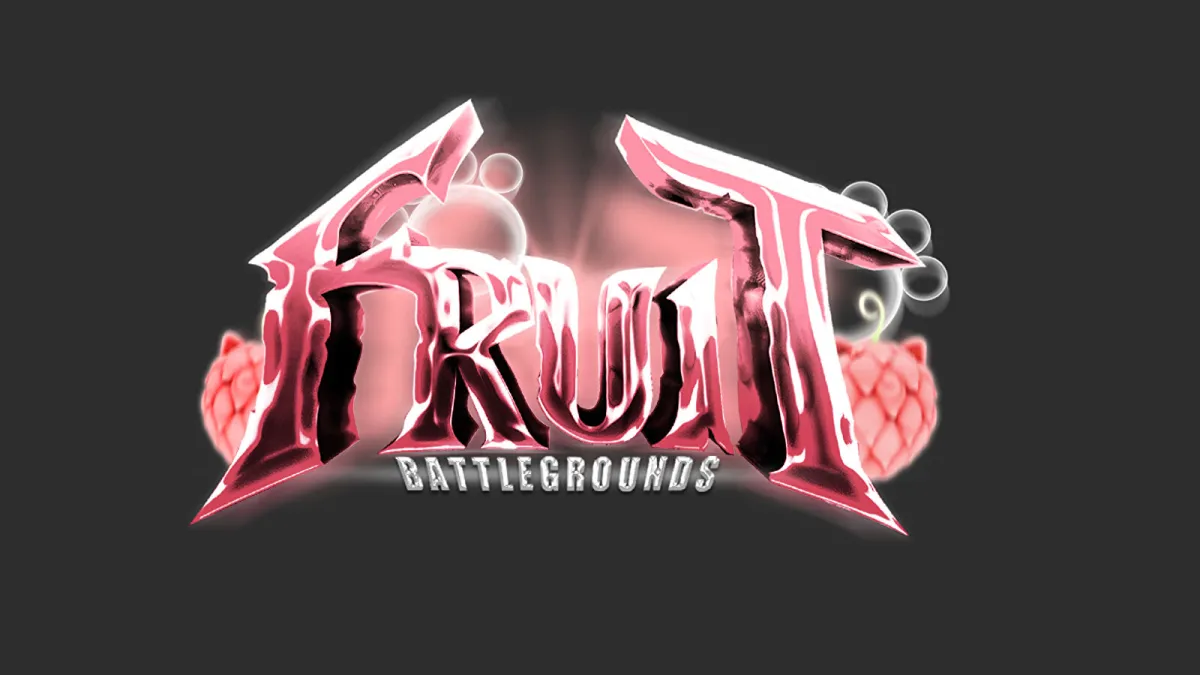
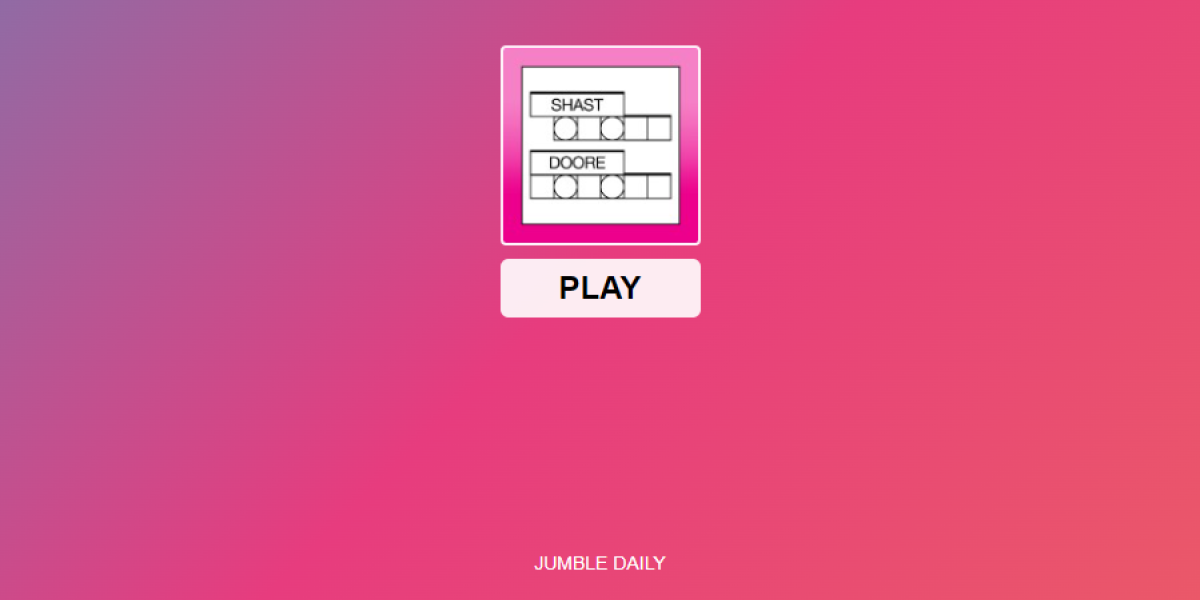
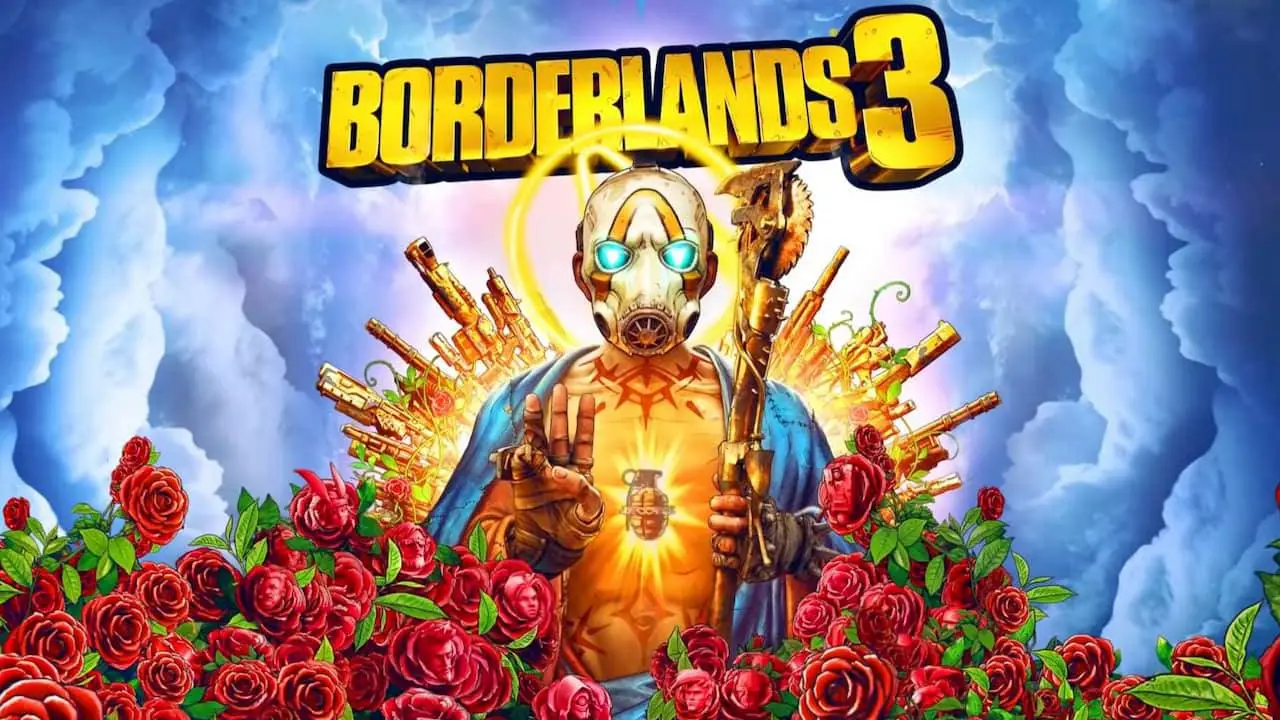
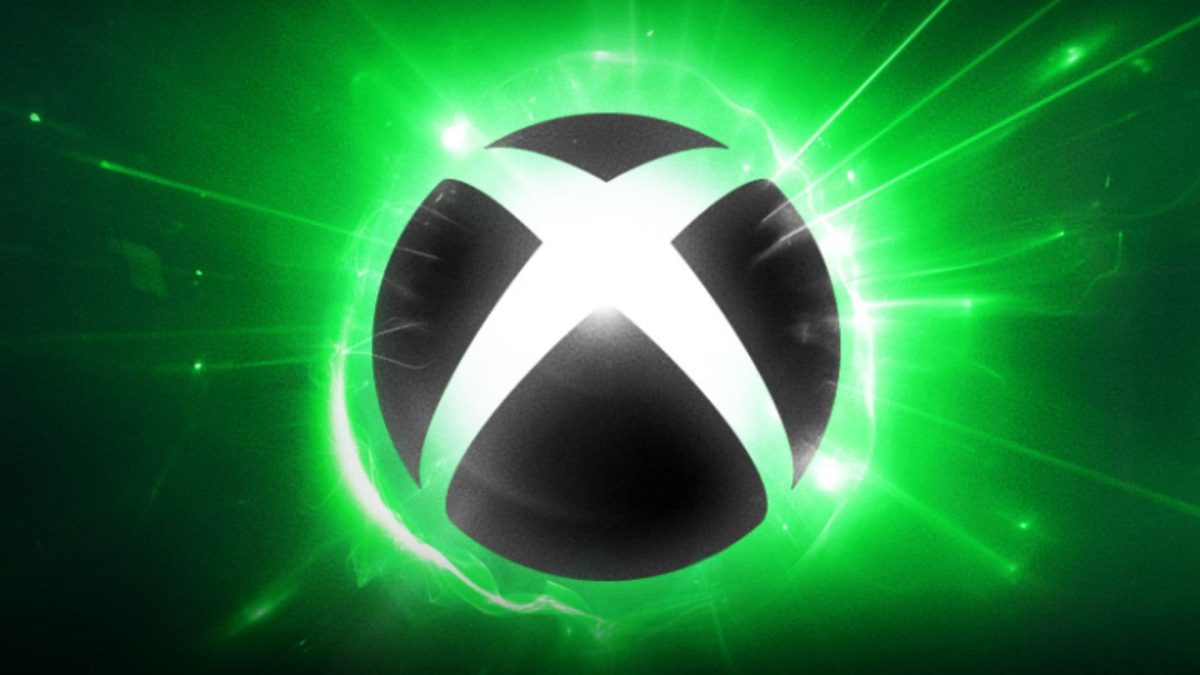

Published: Nov 5, 2022 11:35 PM UTC